As part of an ongoing peace process between the Colombian government and Colombia’s largest guerrilla insurgency, an agreement was recently reached to drastically reduce the amount of coca cultivated in Colombia. If implemented the agreement will have a drastic impact on the global coca trade. But the whole future of the peace process now hinges on the result of a presidential election which takes place today.
Colombian voters will choose between the incumbent Juan Manuel Santos who has declared his dedication to the peace process, and Oscar Ivan Zuluaga, one of the fiercest critics of the process who has declared his intention to suspend the talks unless the guerrillas accept conditions that amount to almost complete surrender – an unlikely occurrence.
The result of today’s election will indeed have far reaching consequences across Colombian society: one sector particularly affected will be Colombia’s coca farmers.
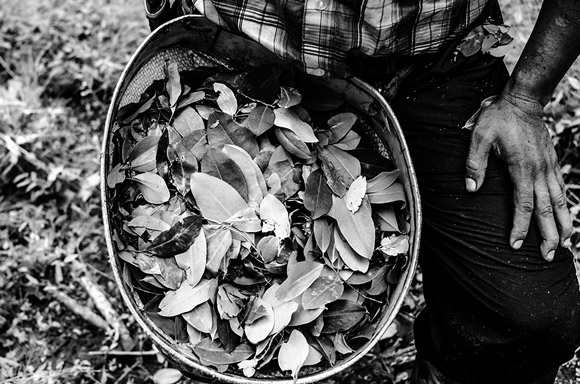
According to the 2013 report from the United Nations Office on Drugs and Crime (UNDOC), Colombia, along with Peru, is where most of the world’s coca is grown. According to UNDOC, drug trafficking generates $320 million every year.
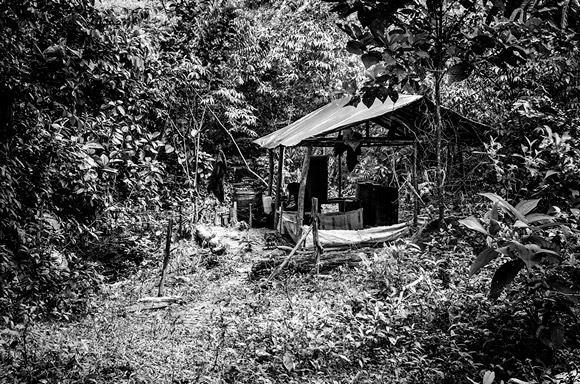
In spite of these astronomical figures, the earnings of the Colombian coca grower are minimal. In the inland Colombian states, a gram of coca paste is sold at 1,000 pesos (equivalent to £0.30), whilst on the streets of London a gram of cocaine costs roughly £50.
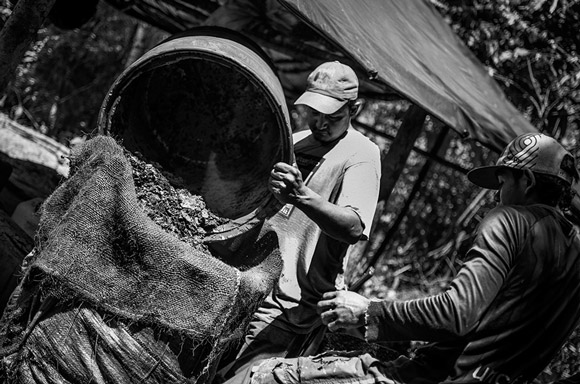
Colombia has endured a civil war for more than 50 years in which left-wing guerrillas, FARC and ELN, fight against right-wing paramilitaries and the state. In many cases the peasant coca growers live in areas controlled and governed by the FARC and often face accusations of being FARC collaborators as a result.
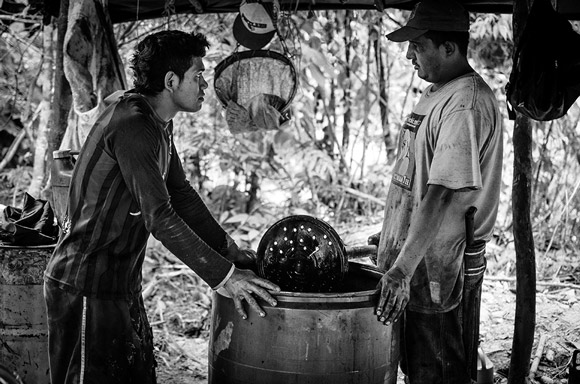
The armed conflict has some horrifying figures: 5,4 million have been displaced, close to 20,000 disappeared. An official report released in 2013 estimated that 220,000 people had been killed as a result of the war – 81% of those were civilians. The peasant coca growers usually live in the midst of this daily violence.
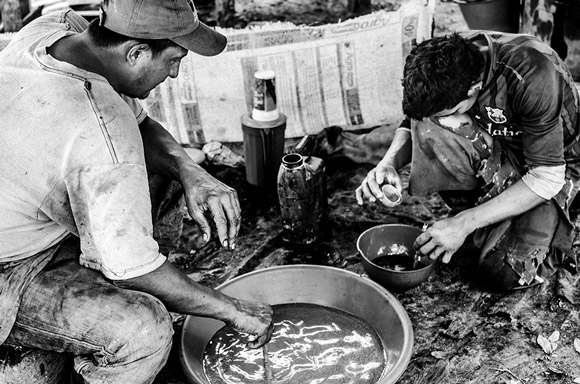
The process to convert the coca leaf into coca paste is carried out by the peasants in makeshift huts in the middle of the jungle. Petrol, cement, ammonia, hydrochloric acid, sodium bicarbonate, sulphuric acid and kerosene are just some of the chemicals used.

Paradoxically, the consumption of either cocaine or crack cocaine in these rural zones is socially stigmatised and punishable by expulsion from the community. The peasants are not particularly proud to cultivate coca and their historic demands for legal and economically viable replacements have been largely ignored by the Colombian state.
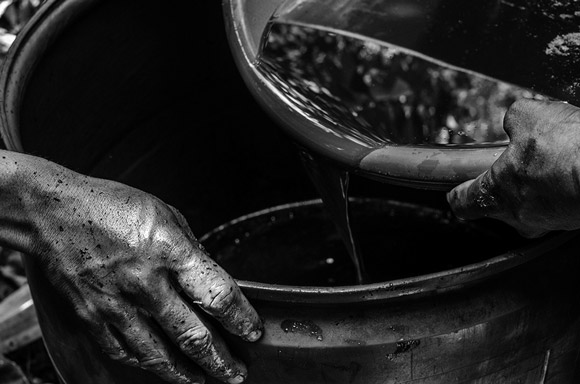
The cultivation of coca is directly related to state neglect and the lack of alternative and economically sustainable crops for the peasants. The illegal crops are seen as a way of making enough money to survive. In direct relation, the Free Trade Agreement signed with the United States and in operation since May 2012 has worsened the situation for the peasant population as it becomes even more difficult to compete with subsidised foreign imports.
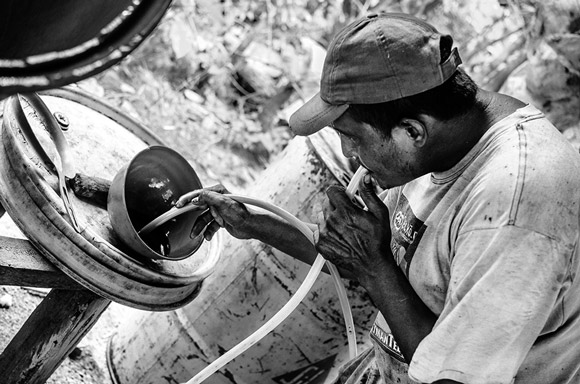
The Colombian state has responded to the coca question with a strategy of war: criminalisation, repression, and chemical fumigations. In the year 2000, the Plan Colombia aid package from the United States brought with it the expansion of aerial fumigations with the highly toxic Glyphosate chemical.
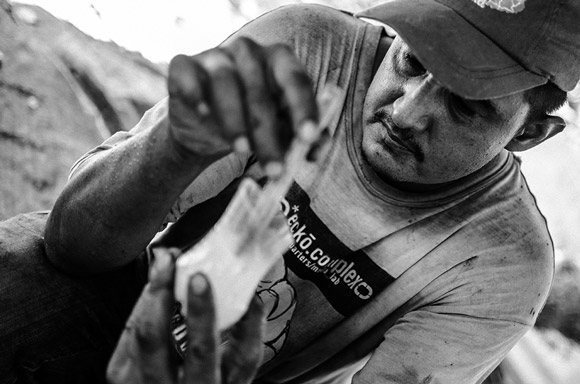
In order to protest against the fumigations and their impact on legal crops, as well as to demand sustainable alternatives to coca, there are regular peasant strikes during which the small-scale farmers cut off roads to the major cities. Their demands have been ignored by the authorities.
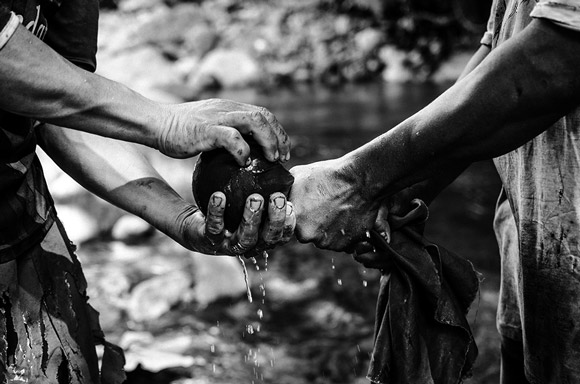
The impact of the Glyphosate fumigations have been denounced internationally. Neighbouring Ecuador filed a legal complaint against Colombia on 31 March 2008 to the International Court of Justice in the Hague as a result of the contamination in areas close to the border. Ecuador complained of damaged crops, infected water supplies, and human damage. The case was settled out of court with Colombia agreeing to pay $15 million and committing to not spraying within 10km of the border.
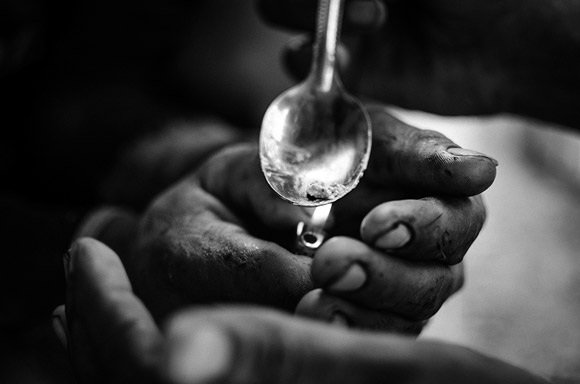
The peasant coca growers in Colombia live in a permanent state of illegality which means they must hide from the armed forces and live under the constant threat of being arrested and imprisoned.
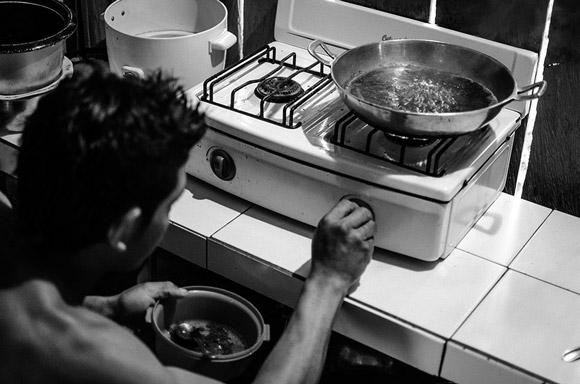
The drugs trade has provided and continues to provide a major source of finance for the armed conflict with huge quantities of money being earned by the different warring parties. Today, the various right-wing paramilitary groups that were formed in the mid-2000s after the demobilisation of the AUC paramilitary group control the drugs trade on a national level. Wars between different groups in disputed regions continues to cause bloodshed amongst civilians.
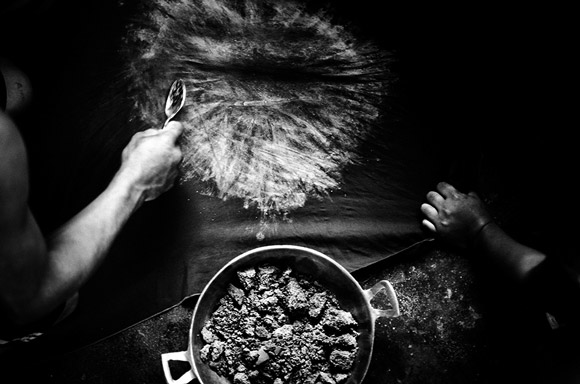
The drugs trade permeates all spheres of Colombian society. Mauricio Santoyo, the retired General and ex-security chief of the former president, Alvaro Uribe, was extradited in August 2012 to the United States and has accepted charges of drug trafficking and collaborating with right-wing paramilitaries.
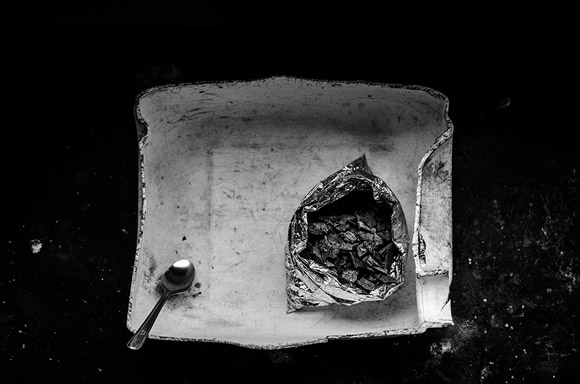
Since late 2012, the FARC guerrillas and the Colombian government have been involved in peace talks in Havana. The issue of drugs and rural development are both points of discussion on the agenda and this has generated considerable hope amongst the coca growing farmers who see in the talks an opportunity for answers to their historic demands. How the peace process develops will have far reaching consequences for the coca farmers. As it will for the consumption of cocaine across the world.









